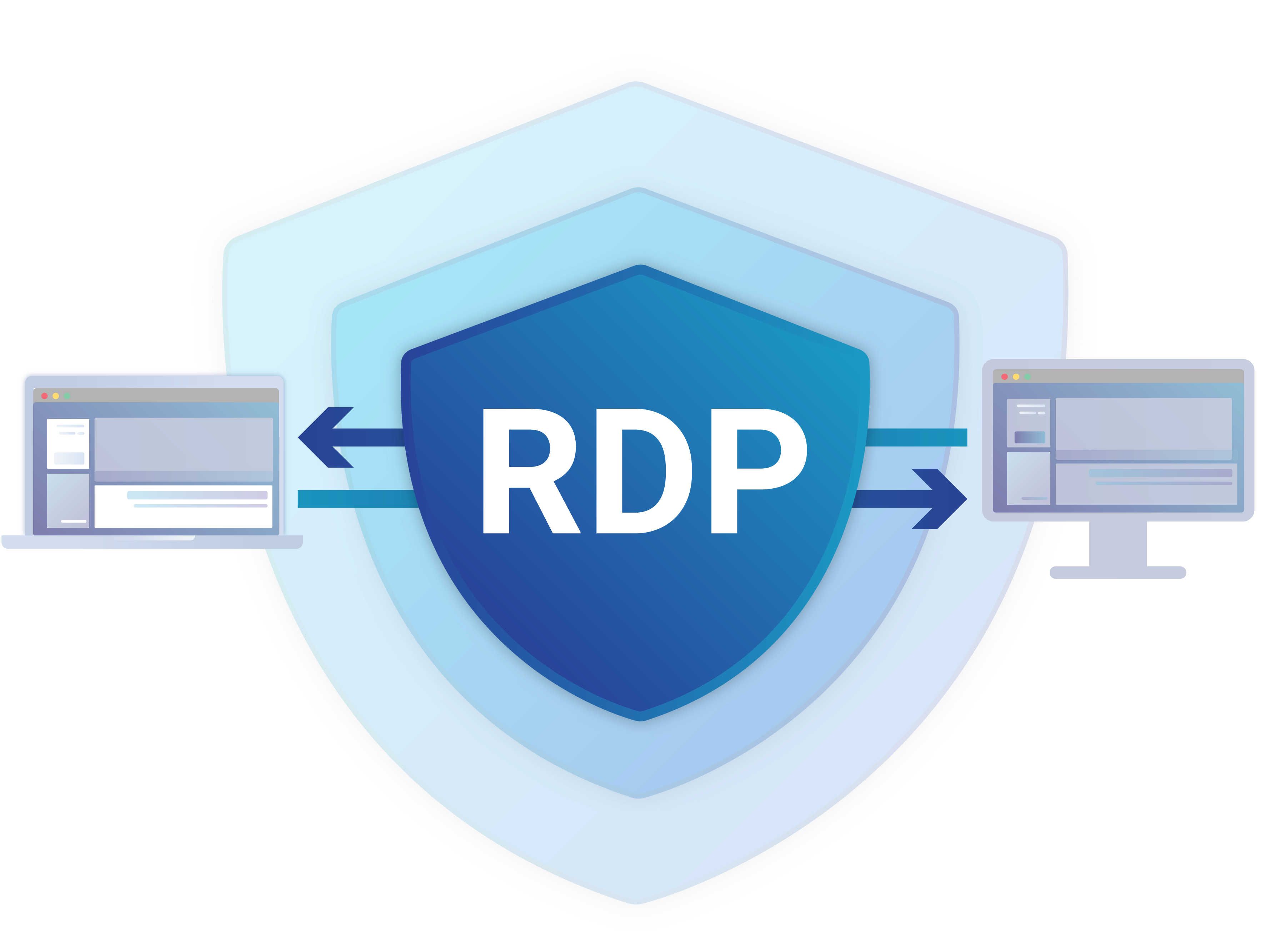In today's interconnected world, the ability to access and manage remote systems efficiently has become a critical necessity. This is where Remote Desktop Protocol (RDP) steps onto the stage. RDP is a proprietary protocol developed by Microsoft that allows users to connect to a remote computer over a network connection, providing a seamless desktop experience. In this blog post, we will delve into the intricacies of RDP, its functionalities, security considerations, and best practices.
The Power of Remote Desktop Protocol (RDP)
RDP empowers users to control remote computers as if they were using them locally. Whether you're a system administrator troubleshooting issues or a business professional accessing work resources from a distance, RDP simplifies remote connectivity.
How RDP Works
- Client-Server Architecture: RDP operates on a client-server model. The client connects to the remote server and transmits user input and display updates.
- Graphical User Interface (GUI): RDP delivers a graphical interface, enabling users to interact with the remote system's desktop environment.
- Screen Sharing: RDP allows users to view and control the remote computer's screen, enabling real-time collaboration and troubleshooting.
Benefits of RDP
- Efficient Management: System administrators can troubleshoot and manage remote systems without the need for physical access.
- Work Flexibility: RDP enables remote workers to access their work desktops and resources from any location, fostering flexibility.
- Reduced Downtime: RDP facilitates rapid troubleshooting, reducing system downtime and minimizing business disruptions.
- Resource Centralization: Centralizing resources on a server reduces the need for high-powered devices at each user's location.
RDP Security Considerations
- Authentication: Use strong authentication methods to prevent unauthorized access to RDP sessions.
- Network Security: Ensure that RDP connections are secured over encrypted channels, such as SSL/TLS.
- Firewall Rules: Restrict RDP access by configuring firewall rules to only allow connections from trusted IP addresses.
- Account Lockout: Implement account lockout policies to prevent brute-force attacks on RDP logins.
Implementing RDP Best Practices
- Strong Passwords: Use complex and unique passwords for RDP accounts to thwart password-based attacks.
- Two-Factor Authentication (2FA): Implement 2FA for an additional layer of security during RDP logins.
- Regular Updates: Keep the RDP software and operating systems up to date to patch security vulnerabilities.
- Restricted User Access: Grant RDP access only to authorized users who require it for their tasks.
Use Cases of RDP
- Remote Technical Support: IT professionals can diagnose and troubleshoot remote systems without being physically present.
- Business Continuity: Employees can access their work environments from remote locations during emergencies.
- Resource Sharing: Users can access software and files stored on a centralized server from any device.
Conclusion
In the era of remote work and interconnected systems, RDP emerges as a powerful tool for seamless remote access and management. Whether you're a system administrator streamlining troubleshooting or a professional accessing work resources from afar, RDP offers a bridge to connect you to your digital assets. By understanding RDP's functionalities, implementing security best practices, and embracing its potential, you can navigate the world of remote connectivity with confidence.

Comments
Post a Comment